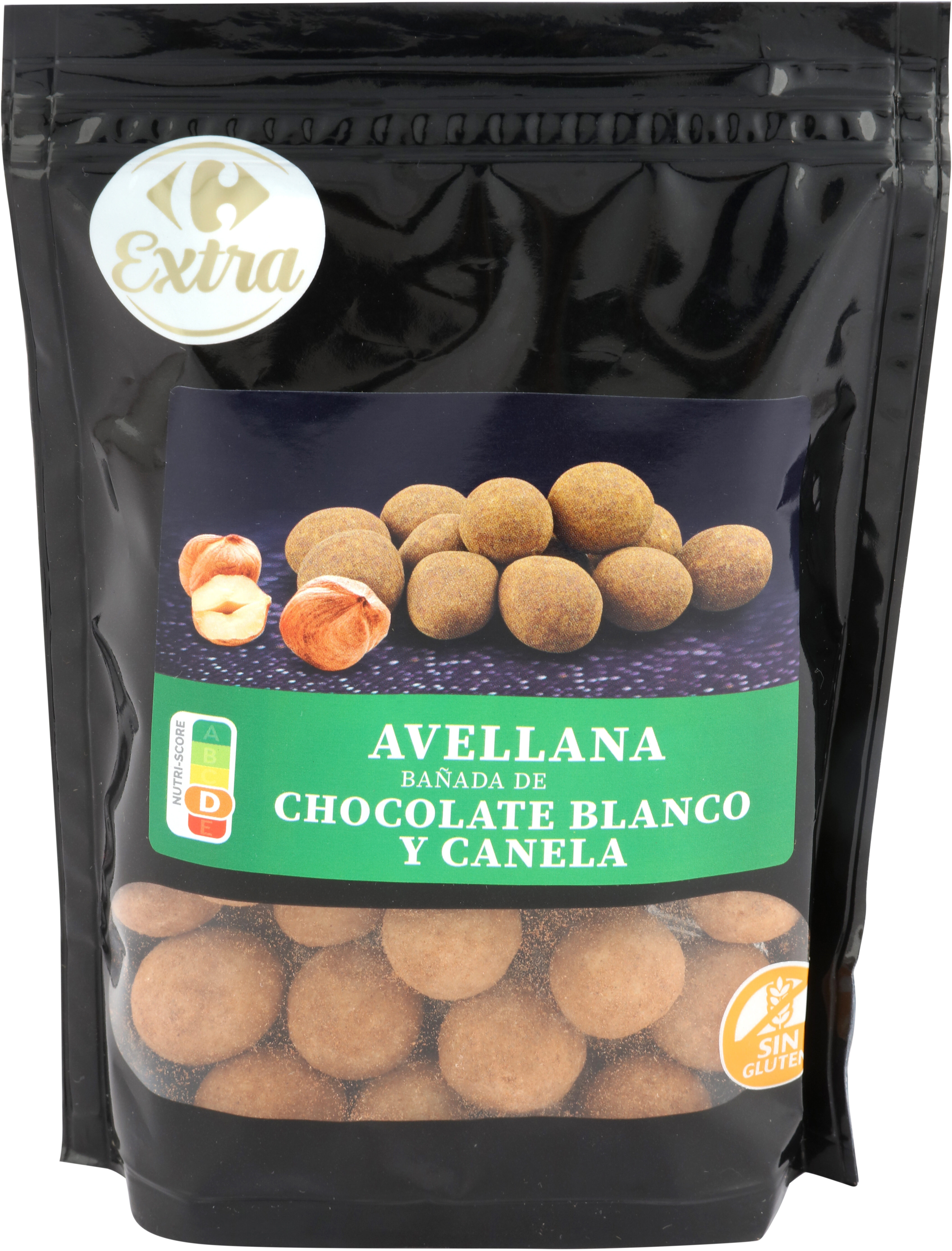Avellana bañada choco blanco y canela - Carrefour
This product page is not complete. You can help to complete it by editing it and adding more data from the photos we have, or by taking more photos using the app for Android or iPhone/iPad. Thank you!
×
Some of the data for this product has been provided directly by the manufacturer Carrefour España.
Barra-kodea: 8431876322330 (EAN / EAN-13)
Markak: Carrefour, Carrefour extra
Kategoriak: en:Plant-based foods and beverages, en:Plant-based foods, en:Legumes and their products, en:Snacks, en:Legumes, en:Sweet snacks, en:Cocoa and its products, en:Confectioneries, en:Nuts and their products, en:Chocolate candies, en:Nuts, en:Bonbons, en:Chocolate covered nuts, en:Nut confectioneries, en:Peanuts, en:Chocolate covered hazelnuts, es:Frutos secos con chocolate
Etiketak, ziurtagiriak, sariak: en:No gluten, en:Organic, Nutriscore, Nutriscore D
Saltzen diren herrialdeak: Espainia
Matching with your preferences
Ingurumena
Carbon footprint
Ontziratzea
Transportation
Report a problem
Datuen iturria
Product added on by kiliweb
Last edit of product page on by mariacastiel.
Produktuaren orria -gatik editatua moon-rabbit, org-carrefour-espana, roboto-app, segundo, yuka.sY2b0xO6T85zoF3NwEKvlmx9XfzG_QmVLxv6sHGt5u6xMsKzcIFW-4fDD6s.








